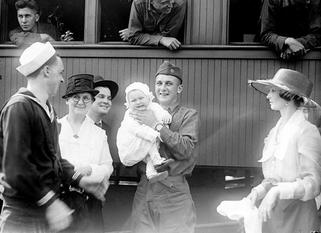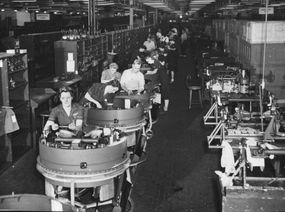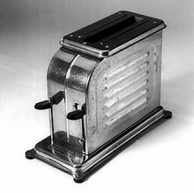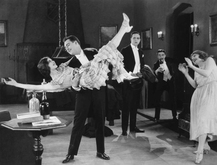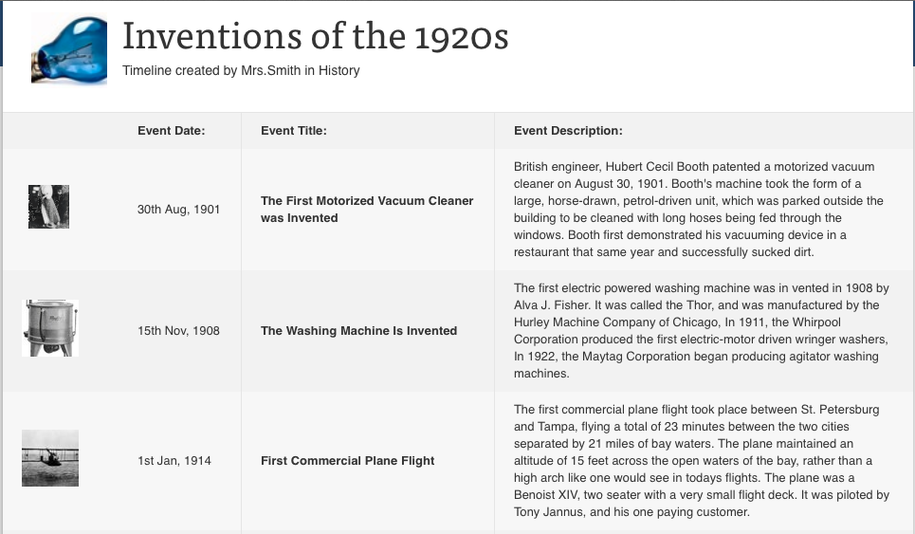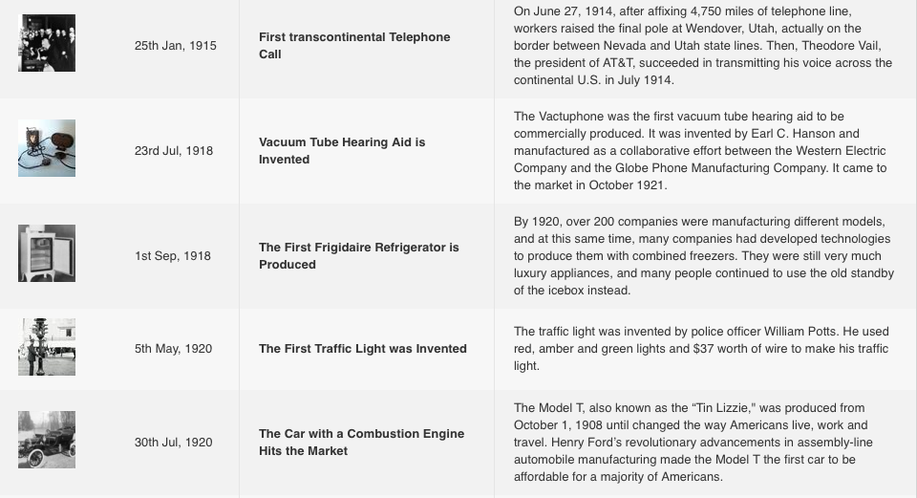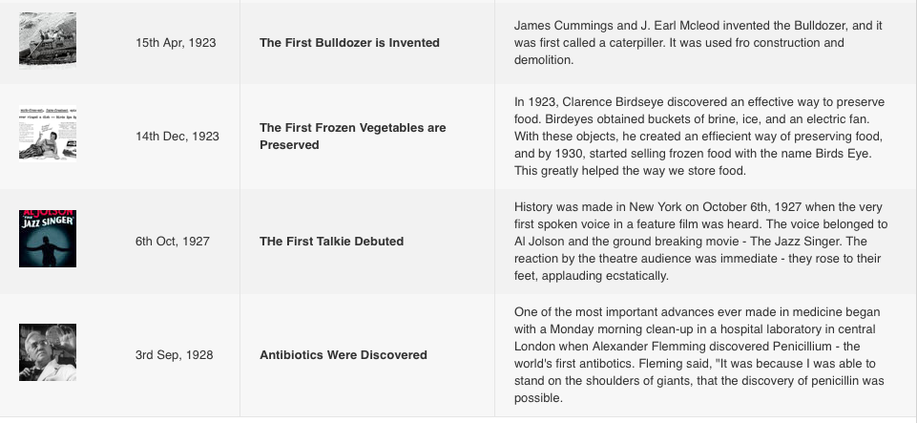LESSON 7.5: THE HARLEM RENAISSANCE
YOUR MISSION
Know what you will be able to do when the lesson is over.

I can describe the Harlem Renaissance of the 1920s and explain its impart on today's culture.
YOUR PORTFOLIO
Prepare the header for your portfolio entry for today. List the entry in your table of contents.
Table of Contents
Unit 7: What a Wonderful World - The 1920s and 1930s
1. Unit 7 Introduction to What a Wonderful World
2. Topic 1: The Roaring Twenties
3. Lesson 7.1: U.S. Isolationism
4. Lesson 7.2: The Post War Economy
5. Lesson 7.3: The First American Art Form
6. Lesson 7.4: The Great Migration
7. Lesson 7.5: The Harlem Renaissance
Name Homeroom
Lesson 7.5: The Harlem Renaissance
Lesson Mission: I can describe the Harlem Renaissance of the 1920s and explain its impart on today's culture.
CLASS READING
As a class, we will take turns reading the class reading below.
BOOM!
DISCUSSION QUESTION
As a class, we will discuss the questions. You will answer these questions in your portfolio in PQA format. An example portfolio entry is embedded below.
Look at the timeline above. Each thing on the timeline is an invention, innovation, or discovery of the 1920s.
- In your small groups, discuss how each one changed life for Americans of the time.
- Then, in your small groups, discuss which three you think were the most important inventions, innovations, or discoveries? Why? Defend your answer by giving the reasons you believe these three were the most important.
- Draw the Rating Chart as in the example portfolio below. Write what your group discussed about each of the seventeen inventions, innovations, or developments. Then, rate each one in the order of importance. The one your group feels is the most important should be rated 1. The one you feel is the least important should be rated 17.
- Finally, after the first three your group chose as the three most important, defend your answer by explaining why you picked each one as being more important than all the others on the list.
- You will have 15 minutes to do the activity and then we will discuss it as a class.
Name Homeroom
Lesson 7.2: The Post War Economy
Lesson Mission: I can explain the causes and effects of America's economic boom after World War I.
Discussion Question:
Invention/Innovation How it Changed
Discovery Life in America Rating Defense
1. vacuum cleaner
2. washing machine
3. plane
4. telephone
5. hearing aid
6. refrigerator
7. traffic light
8. automobile
9. bandaid
10. radio
11. toaster
12. insulin
13. blender
14. bulldozer
15. frozen vegetables
16. movies
17. antibiotics
THE POST WAR ECONOMY QUIZ
|
On your own, answer the quiz questions in the quiz below. When you finish the quiz write the answers in your portfolio. I have set up the questions for you in the sample portfolio below. You will need to add the answers. To take the quiz, click on the quiz icon to the right.
|
Name Homeroom
Lesson 7.2: The Post War Economy
Lesson Mission: I can explain the causes and effects of America's economic boom after World War I.
Discussion Question:
Invention/Innovation How it Changed
Discovery Life in America Rating Defense
1. vacuum cleaner
2. washing machine
3. plane
4. telephone
5. hearing aid
6. refrigerator
7. traffic light
8. automobile
9. bandaid
10. radio
11. toaster
12. insulin
13. blender
14. bulldozer
15. frozen vegetables
16. movies
17. antibiotics
Quiz Questions:
1. (Write the question and the answer to # 1 here.)
2. (Write the question and the answer to # 2 here.)
3. (Write the question and the answer to # 3 here.)
4. (Write the question and the answer to # 4 here.)
5. (Write the question and the answer to # 5 here.)
6. (Write the question and the answer to # 6 here.)
7. (Write the question and the answer to # 7 here.)
8. (Write the question and the answer to # 8 here.)
9. (Write the question and the answer to # 9 here.)
10. (Write the question and the answer to # 10 here.)
LESSON REFLECTION
|
As the last section in your portfolio question write a paragraph summary explaining the causes and effects of America's economic boom after World War I.
Remember, when you write a paragraph to follow the proper paragraph structure below:
You need help with structure click on the icon to the right to read about, How to Write a Paragraph. |
Name Homeroom
Lesson 7.2: The Post War Economy
Lesson Mission: I can explain the causes and effects of America's economic boom after World War I.
Discussion Question:
Invention/Innovation How it Changed
Discovery Life in America Rating Defense
1. vacuum cleaner
2. washing machine
3. plane
4. telephone
5. hearing aid
6. refrigerator
7. traffic light
8. automobile
9. bandaid
10. radio
11. toaster
12. insulin
13. blender
14. bulldozer
15. frozen vegetables
16. movies
17. antibiotics
Quiz Questions:
1. (Write the question and the answer to # 1 here.)
2. (Write the question and the answer to # 2 here.)
3. (Write the question and the answer to # 3 here.)
4. (Write the question and the answer to # 4 here.)
5. (Write the question and the answer to # 5 here.)
6. (Write the question and the answer to # 6 here.)
7. (Write the question and the answer to # 7 here.)
8. (Write the question and the answer to # 8 here.)
9. (Write the question and the answer to # 9 here.)
10. (Write the question and the answer to # 10 here.)
Lesson Reflection
(Explain American Isolationism after World War I in your own words.)
LESSON CHECKLIST
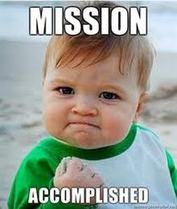
You have accomplished your mission after you have done the following. If you are absent, you need to do the following to complete your missed work.
- Read the class reading.
- Create a portfolio entry.
- List the portfolio entry in your table of contents.
- Answer the discussion questions in your portfolio.
- Take the Lesson 7.2. Post - War Economy Quiz.
- Record the quiz questions and answers in your portfolio.
- Complete the lesson reflection in your portfolio.
- If you finish early, go ahead and start studying for the test by playing the Lesson 7.2. Post - War Economy Quiz.
STUDY ARCADE
Click on any of the blue game titles to play that game.
